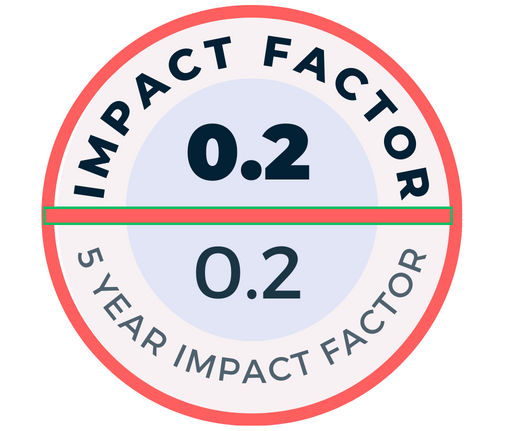Objective: The objective of this study is to investigate the utility of unenhanced magnetic resonance angiography using Inhance (3-dimensional inflow inversion recovery sequence) sequence in the visualization of renal vasculature and related abnormalities in patients with suspected renovascular hypertension.
Methods: A total of 73 patients (57.5% were females) with clinical suspicion of renovascular hypertension who underwent Inhance sequence were included. Data on unenhanced magnetic resonance angiography image quality scores and findings on renal vasculature (main renal artery, segmental branches, and variations) and the presence of renal abnormalities were recorded. Agreement between the 3 readers was evaluated based on the intra-class correlation coefficient values for interrater reliability.
Results: Mean age of the patients was 53.42 ± 9.44 years (range 25-78 years). Image quality was considered to be significantly better for main kidney artery (excellent: 61.6%-83.6%) than for segmental (excellent 5.5%-21.9%) and interlobar (excellent 0.0%-2.7%) arteries by all readers (P < .001). Extrarenal variations (28.8-30.1%) and early branching variations (16.4%) were reported by each reader, while the kidney abnormality was considered in 8.2%-9.6% of cases. Intra-class correlation coefficient values indicated a good (0.75 to 0.90) inter-rater reliability for main renal artery (mean 0.853; CI 0.770- 0.905), segmental (0.807; 0.716-0.873), and interlober arteries (0.861; 0.793-0.909), while variations (0.996; 0.994-0.997) and kidney abnormality (0.936; 0.905-0.958) assessments revealed an excellent agreement (intra-class correlation coefficient > 0.90) between readers.
Conclusion: Unenhanced magnetic resonance angiography is a reliable radiologic method to describe kidney vasculature in patients with suspected renovascular hypertension. Accordingly, Inhance sequence seems to be a viable alternative method to enhanced magnetic resonance angiography by providing favorable image quality and the accurate assessment of kidney vasculature without using a contrast material along with good-to-excellent inter-rater reliability.
Cite this article as: Taşçı F, Metin Y, Orhan Metin N, Esra Kadıoğlu M, Beykoz Çetin E, Gaffar Gözükara M. The utility of unenhanced renal artery magnetic resonance angiography using inhance sequence in depiction of renal vasculature and related abnormalities in patients with suspected renovascular hypertension. Turk J Nephrol. 2023;32(1):22-29.

.png)




.png)